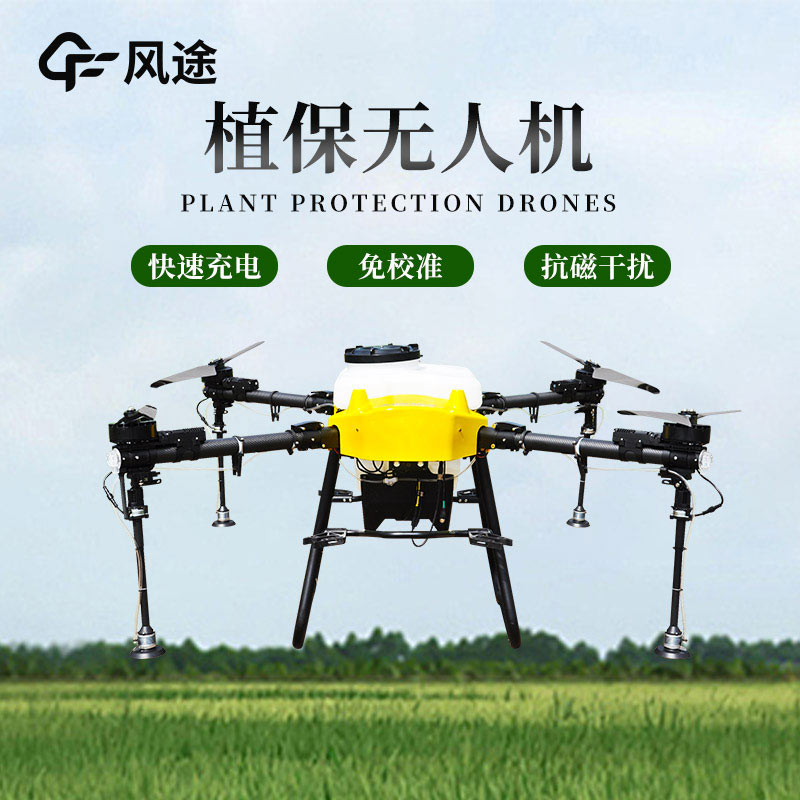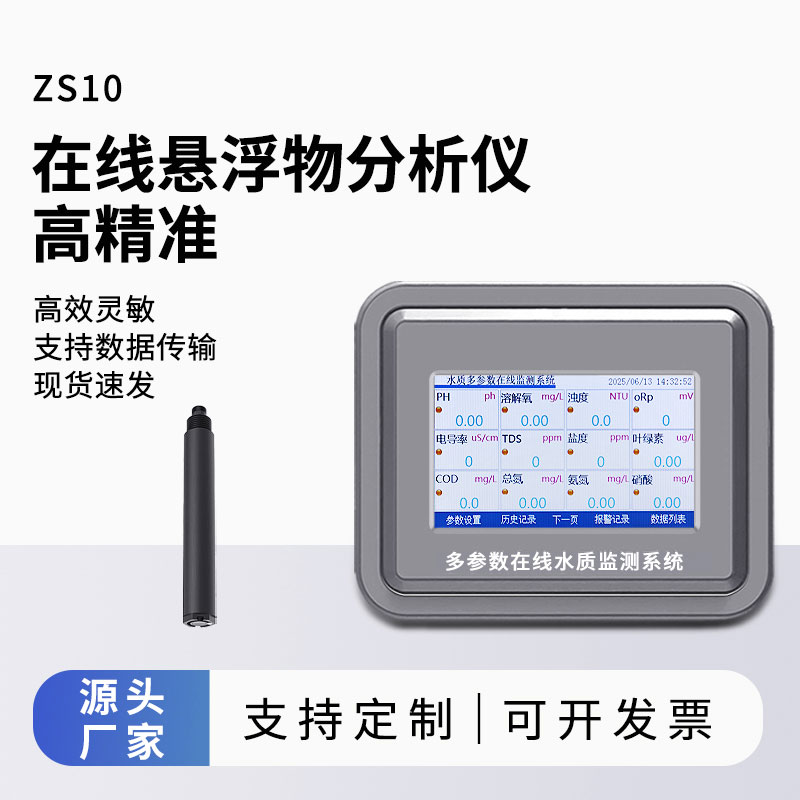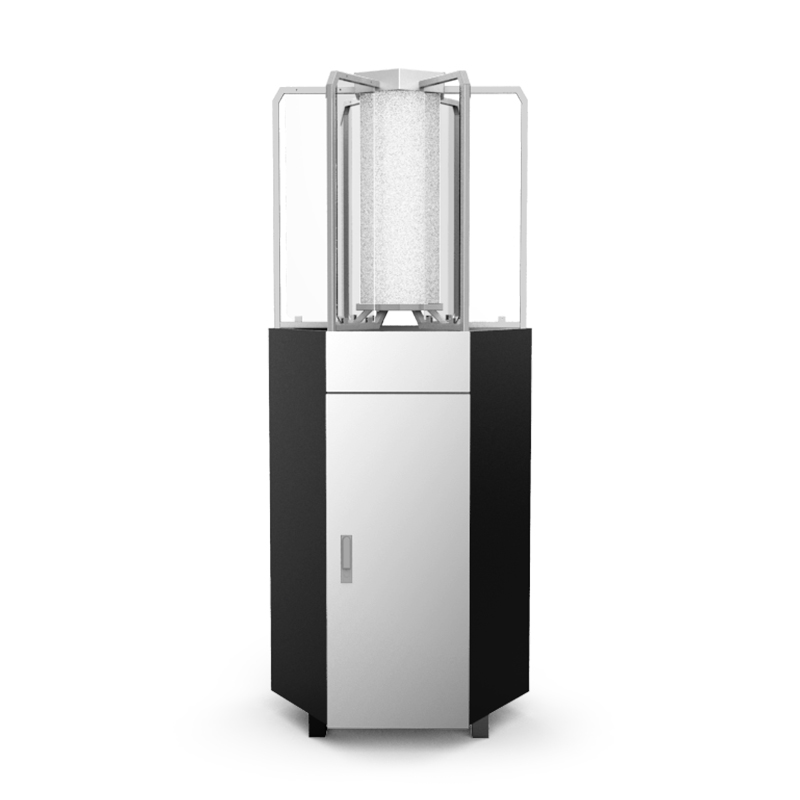Aerial operations, such as pesticide spraying by drones, do offer many advantages in modern agriculture, such as increased operational efficiency, reduced labor costs, and more precise application. However, as you have mentioned, this approach also brings some risks, mainly including the risk of pesticide damage and the risk of efficacy. Here are some precautions to ensure the safety and effectiveness of aerial operations.
1. When applying pesticides that may affect bees, first check if there are any nearby apiaries, and if so, consult with the beekeeper to ensure that the bees are safe when the pesticide is applied.
2. When choosing the time of application, it is necessary to consider the active period of bees and avoid their active hours. In beekeeping areas, coordinate with beekeepers to move bees if necessary to avoid pesticide spraying. Be careful not to apply pesticides downwind of plants that bees like to feed on, such as mulberry trees, to minimize the risk to bees.
3. When applying pesticides to fruit trees, use multiple dots and slow sprays. Fine mist droplets allow the pesticide to better penetrate the canopy.
4. When flying in areas with dense power lines, reduce the flight altitude appropriately to minimize the risk of evaporation and spread of the agent.
5. When applying selective herbicides, watch for sensitive crops in the vicinity to minimize potential injury to these crops from spread of the agent.
6. When spraying corn herbicides, check the surrounding area for susceptible crops and pay attention to weather and wind speed to prevent agent drift.
7. Choosing the right spraying equipment and nozzles is key to preventing excessively fine droplets caused by improperly selected nozzles, thus reducing the potential for chemical drift. Ensuring that the equipment and nozzles are well matched will help to improve spraying effectiveness and minimize impacts on non-targeted areas.
8. When carrying out plant protection operations, meteorological factors such as ambient temperature and wind speed should be carefully considered, which have a significant impact on spraying effectiveness. Choosing the appropriate timing for application can effectively reduce the evaporation rate and the risk of drifting of the liquid, ensuring that the agent can accurately act on the target crop.
9. Emphasize the education and training of agricultural drone operators to enhance their awareness of the safe use of pesticides and their operational skills. Through systematic training, they can be more skillful in mastering the correct application methods, thus enhancing the effectiveness and safety of pesticide use.
10. Adopting technology, such as multi-spectral drones, to monitor the growth status and maturity of crops in real time, which can help realize the goal of precision agriculture.
These risk prevention measures are essential to enhancing the safety and efficiency of plant protection work. They are also effective in protecting the ecosystem and avoiding damage to non-target organisms. By implementing these measures, it is possible to ensure that pesticides are used in a more scientific and rational manner and that the negative impact on the environment is reduced.

This paper addresses:https://fengtusz.com/industry/387.html









